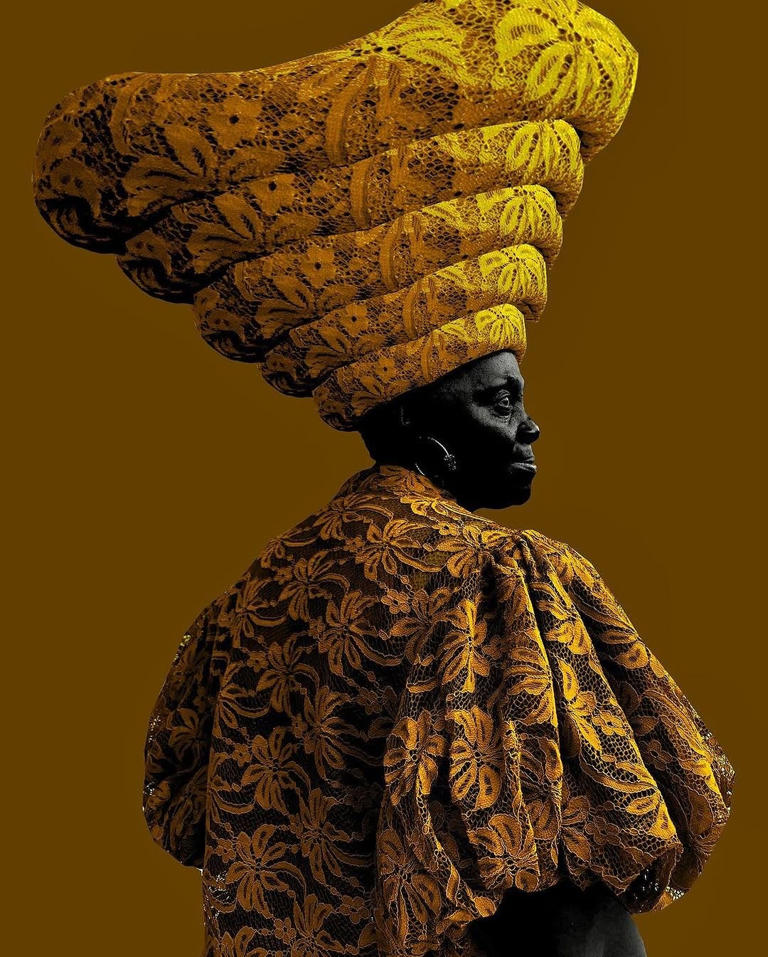The global fashion industry is witnessing a seismic shift as African designers and entrepreneurs rise to prominence.
At the forefront of this movement is Idelle Taye, a visionary from Cameroon and founder of Guzangs, a platform committed to spotlighting African fashion and connecting its creators to international opportunities.
For years, African fashion was underrepresented in the global narrative, often reduced to clichés like Ankara fabric—a material not native to much of the continent.
Taye, however, has made it her mission to change that. Growing up in West Africa, surrounded by vibrant textiles and the sartorial flair of her family, Taye developed a deep appreciation for the artistry of local tailors. When she moved to the United States, the stark underrepresentation of African designers in mainstream fashion became glaringly apparent.

“I noticed a gap,” Taye explains. “Africa is a continent with diverse fashion traditions and incredible talent, yet Black designers were often tokenized or excluded entirely from the global conversation.”
In response, she launched Guzangs in 2020, providing a platform to promote contemporary African designers and reframe African fashion as both modern and avant-garde.
Guzangs has since partnered with prestigious events like the XTANT textile festival in Mallorca, enabling African designers to showcase their work alongside global peers.
Building an Ecosystem for African Designers
Taye’s vision extends beyond exhibitions. Guzangs is cultivating an ecosystem where African designers feel supported and valued. By connecting them with retailers, museum curators, and international organizations, Guzangs is creating life-changing opportunities.
“When we post designers, their collections sell out,” Taye shares. “Brands and organizations reach out to collaborate because they see the immense potential in African fashion.”
One of Guzangs’ notable success stories involved facilitating a partnership with XTANT, which brought African designers to a global stage. Although logistical challenges, such as visa delays, persist, the impact of such initiatives is undeniable.
The Challenges Ahead
Despite growing recognition, systemic barriers still hinder the growth of African fashion. Limited resources, intra-continental trade restrictions, and societal undervaluation of creative industries remain significant obstacles.
Shipping costs between African nations, for instance, often exceed those of exporting to the United States, stifling collaboration within the continent.
Additionally, many African communities do not view fashion as a viable career path.
“There’s a lack of investment in the arts,” Taye notes. “If we don’t change this mindset and reduce trade barriers, the industry’s potential will remain untapped.”
Changing Perceptions
Taye’s work coincides with a broader cultural shift. Exhibitions like Africa Fashion at London’s Victoria & Albert Museum and Africa’s Fashion Diaspora at New York’s Museum at FIT have drawn attention to the continent’s contributions to global fashion.
Social media has also played a vital role in reshaping perceptions, showcasing the diversity and sophistication of African design.
“People are now seeing African fashion as contemporary and innovative,” Taye says. “We’re moving away from the outdated view that it’s monolithic or solely traditional.”
A Vision for the Future
For Taye, the ultimate goal is for African fashion to be seen not as a niche, but as a vital part of the global industry.
“Africa isn’t a charitable case,” she asserts. “We have the talent, the creativity, and the vision to be major players.”
With leaders like Idelle Taye and platforms like Guzangs, African fashion is poised to claim its rightful place on the world stage.
As more people embrace the diversity and ingenuity of African designers, the future of fashion looks richer and more inclusive than ever.
